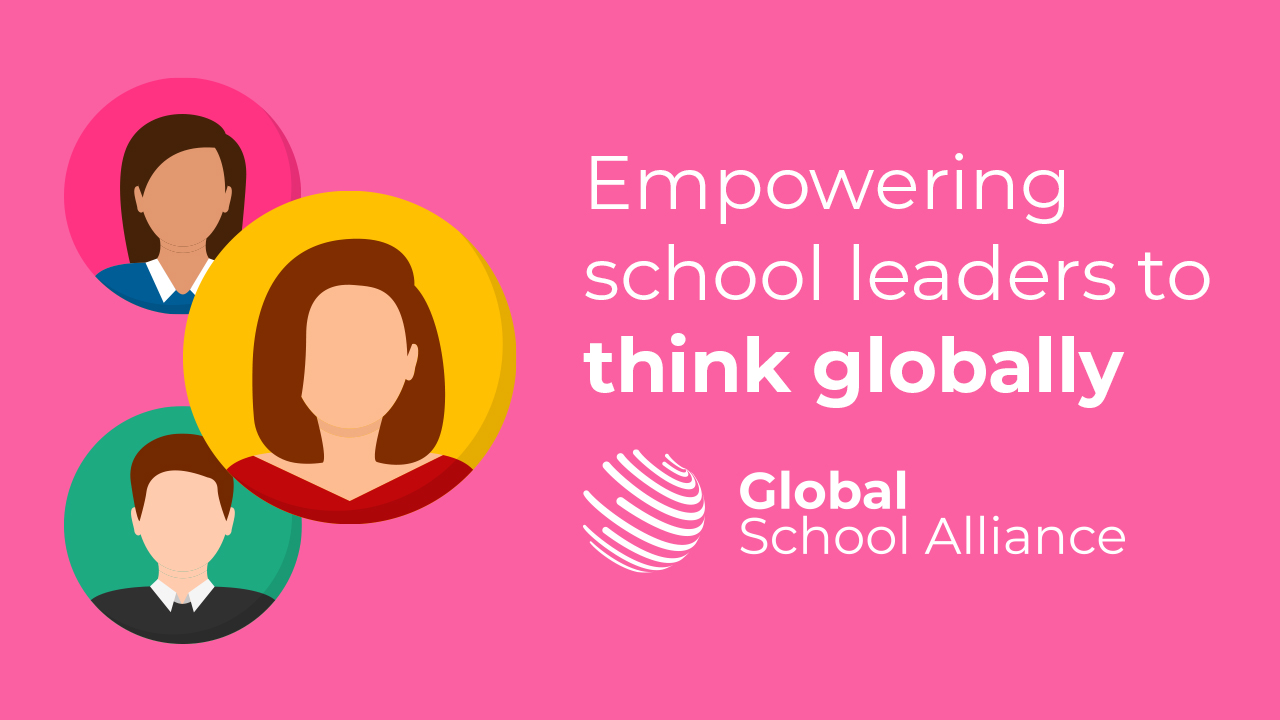Leaders Sign Global Education Pledge is an initiative that emphasizes the vital importance of education across the globe. This pledge aims to unite leaders in a collective commitment to ensuring accessible, quality education for all, recognizing that education is a cornerstone of sustainable development and societal progress.
As nations grapple with educational disparities influenced by socio-economic factors, this pledge is a timely reminder of the shared responsibility to foster learning environments that empower every individual. By collaborating, leaders can pave the way for innovative solutions that address current challenges in education and promote equitable opportunities for future generations.
In today’s fast-paced world, the importance of effective communication cannot be overstated. Whether you are in a professional setting or simply engaging in casual conversations, the way you express your thoughts carries significant weight. This article explores various aspects of communication, emphasizing its role in fostering relationships, enhancing understanding, and paving the way for success in both personal and professional realms.To begin with, let’s delve into the fundamentals of communication.
At its core, communication is the process of exchanging information, ideas, thoughts, or feelings between individuals or groups. This exchange can take place through various channels, including verbal, non-verbal, written, and visual means. Each of these forms plays a crucial role in how messages are conveyed and received.Verbal communication, often the most direct form, involves the use of spoken words.
It is essential for effective interpersonal interactions, allowing us to articulate our ideas clearly. However, merely speaking is not enough; the choice of words, tone of voice, and clarity of expression are pivotal in ensuring that the intended message is understood. Active listening also plays a vital role here. Engaging with the speaker, asking questions, and providing feedback can significantly enhance the quality of the exchange.Non-verbal communication, on the other hand, encompasses body language, facial expressions, gestures, and eye contact.
These cues often speak louder than words and can convey emotions and attitudes more powerfully than verbal communication alone. For instance, a warm smile can set a friendly tone, while crossed arms might indicate defensiveness. Being aware of these non-verbal signals can help us interpret messages more accurately and respond appropriately.Written communication is another fundamental aspect that warrants attention. In an age dominated by digital interactions, the ability to write clearly and effectively is more important than ever.
Whether it’s crafting an email, writing a report, or engaging in social media, your written words leave a lasting impression. This emphasizes the need for clarity, conciseness, and coherence in written expressions. Moreover, understanding your audience and tailoring your message to suit their preferences can enhance the impact of your written communication.Visual communication adds yet another layer to the mix.
Infographics, charts, images, and videos can convey complex information in a digestible format. In a world where attention spans are dwindling, visuals can capture interest and enhance understanding. Utilizing visual aids effectively can make presentations more engaging and can help in retaining information.Now that we have examined the various forms of communication, let’s consider the importance of context. The context in which communication occurs can greatly influence its effectiveness.
Factors such as cultural background, social norms, and the emotional state of the individuals involved all play a role. For example, what may be considered polite in one culture could be perceived as rude in another. Therefore, being culturally aware and sensitive is crucial for effective communication in our increasingly globalized world.Building rapport is another critical component of effective communication.
Establishing a connection with others fosters trust and openness, making it easier to share ideas and collaborate. This can be achieved through active listening, empathy, and showing genuine interest in the other person’s perspective. When people feel valued and understood, they are more likely to engage in meaningful dialogue.Conflict resolution is another area where effective communication shines. Disagreements are a natural part of any relationship, whether personal or professional.

However, how these conflicts are navigated can make all the difference. Approaching conflicts with a mindset of collaboration rather than confrontation can lead to more productive outcomes. Utilizing “I” statements, focusing on the issue rather than personal attacks, and seeking common ground can help de-escalate tensions and facilitate resolution.In the workplace, effective communication is essential for teamwork and productivity. Clear communication of expectations, roles, and responsibilities helps in aligning team members towards common goals.
Regular check-ins and feedback mechanisms can foster an environment of transparency and accountability. Furthermore, embracing open communication channels encourages innovation and creativity, as team members feel empowered to share ideas without fear of judgment.The impact of technology on communication is undeniable. With the advent of social media, instant messaging, and video conferencing, the way we interact has evolved dramatically. While these advancements offer convenience and accessibility, they also present challenges.
Misinterpretations can occur more easily in digital communication, where tone and non-verbal cues are often absent. Being mindful of this and taking the time to clarify messages can mitigate misunderstandings.In conclusion, effective communication is a multifaceted skill that is crucial for building relationships and achieving success in various aspects of life. By honing our verbal, non-verbal, written, and visual communication skills, we can enhance our ability to connect with others.
Understanding the context, building rapport, navigating conflicts, and leveraging technology further enrich our communication toolkit. Ultimately, mastering these skills can lead to more meaningful interactions and a greater understanding of the world around us. As we continue to navigate an increasingly interconnected society, the importance of effective communication will only grow. Embracing the principles Artikeld in this article can empower us to express ourselves more clearly, build stronger relationships, and contribute positively to the communities we are a part of.
So, let’s take these insights to heart and strive to communicate not just effectively, but also empathetically and authentically. After all, at the end of the day, it’s our ability to connect and understand each other that truly makes a difference.
Query Resolution: Leaders Sign Global Education Pledge
What is the Global Education Pledge about?
The Global Education Pledge is a commitment made by leaders to ensure access to quality education for all individuals, promoting equity and sustainability.
Who are the key signatories of the pledge?
Key signatories typically include government leaders, international organization heads, and influential figures in the education sector who are dedicated to improving global education standards.
How will the pledge be implemented?
The pledge will be implemented through collaborative programs, policy reforms, and resource allocation aimed at addressing educational disparities and enhancing access.
What challenges does the pledge aim to address?
The pledge aims to tackle challenges such as educational inequality, lack of resources, and barriers to access that many communities face worldwide.
Why is this pledge significant for the future?
This pledge is significant as it brings global leaders together to prioritize education, which is fundamental for achieving sustainable development goals and fostering global peace.






